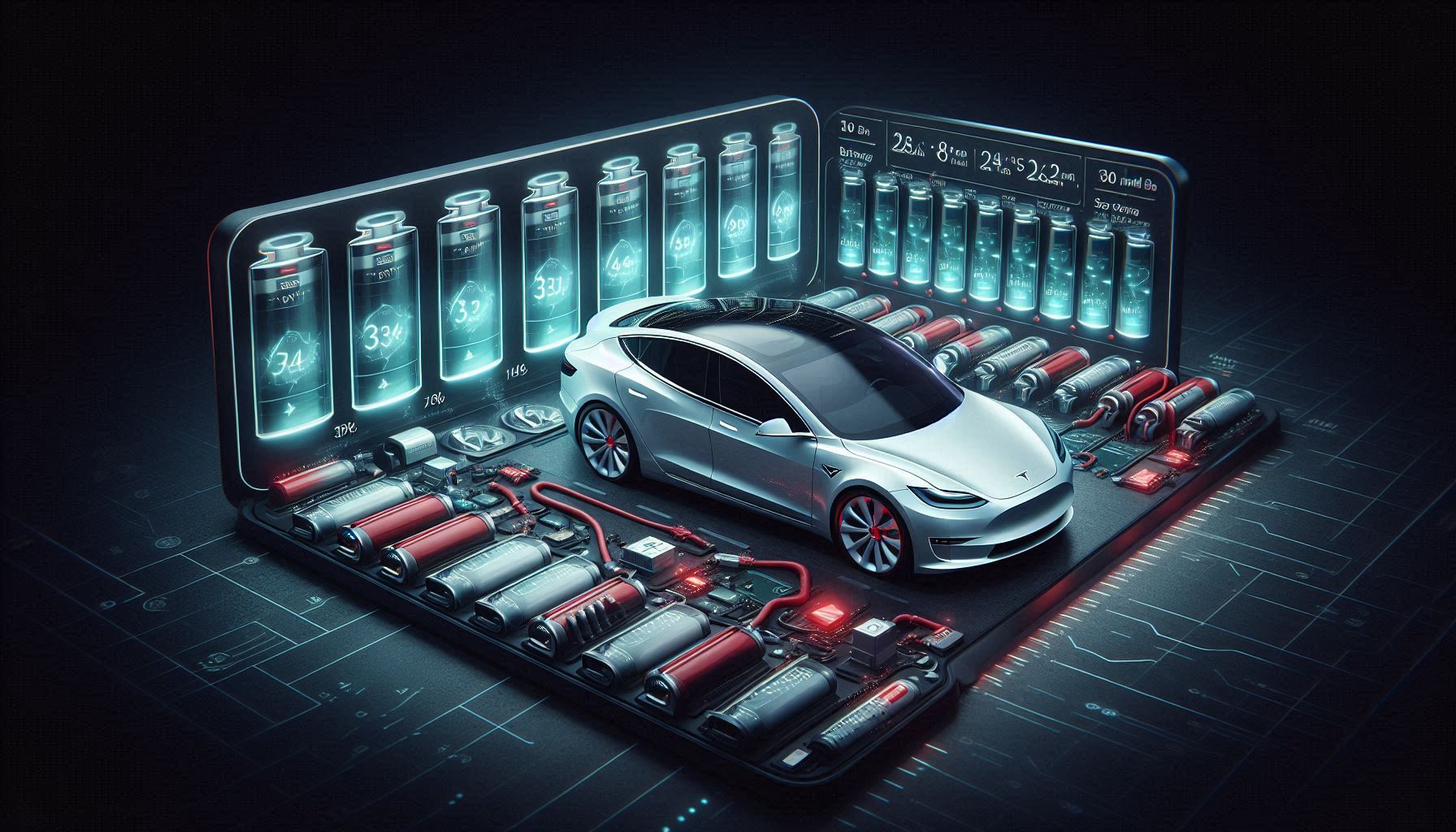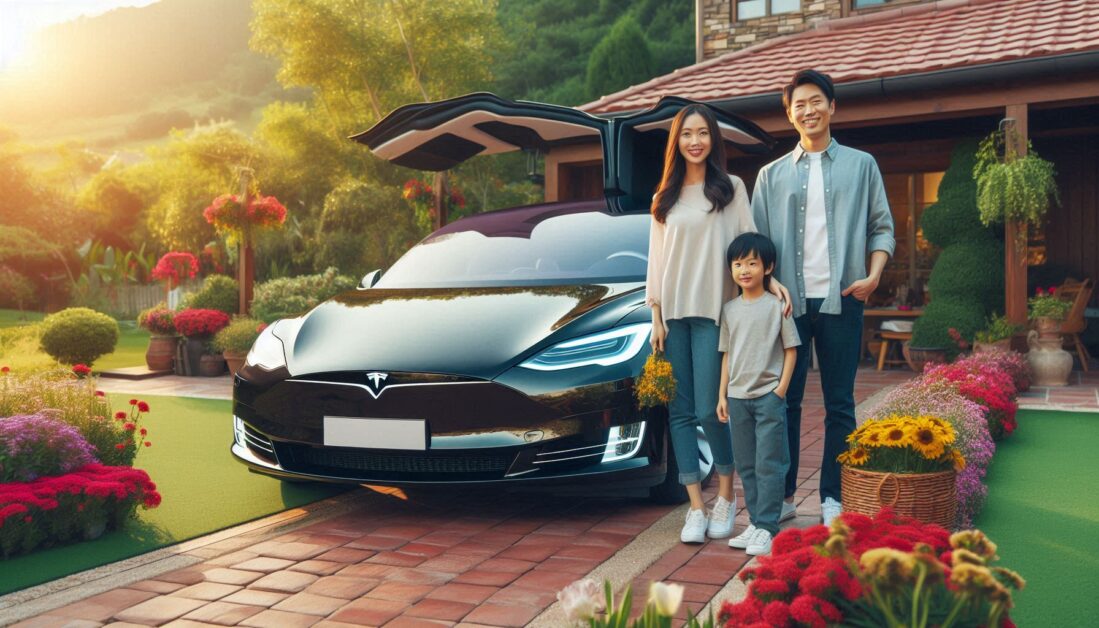Tesla cars have revolutionized the electric vehicle (EV) market, thanks to their impressive range, technology, and battery performance. A significant question for Tesla owners and potential buyers is about battery life—how long it lasts and what factors influence its lifespan. Here, we’ll explore the average battery life of Tesla cars, what affects battery longevity, and tips to extend it.
1. Average Battery Life of Tesla Cars
Tesla car batteries are designed to last many years, typically ranging between 300,000 to 500,000 miles or around 15 to 20 years under normal driving conditions. This longevity is one of the reasons Tesla vehicles are highly regarded in the EV market. However, actual battery life can vary based on driving habits, climate, and charging practices.
Battery Longevity by Model
- Tesla Model S: Often achieves around 400,000 miles before a noticeable drop in battery capacity.
- Tesla Model 3: Estimated to last around 300,000 miles, though newer models may achieve more.
- Tesla Model X and Model Y: Similar to Model S, these can also reach between 300,000 to 500,000 miles with proper care.
2. Factors Affecting Tesla Battery Life
Several factors can impact how long a Tesla battery lasts. Understanding these can help owners maximize battery life and maintain performance.
2.1 Driving Habits
Driving aggressively, with rapid acceleration and hard braking, can wear down the battery faster. Driving at a steady pace and avoiding high-speed driving can help extend battery life.
2.2 Charging Practices
Frequent fast charging can slightly reduce battery lifespan over time, as high heat generated during rapid charging can degrade battery cells. Tesla recommends regular home charging, ideally to 80-90%, for day-to-day use and reserving full 100% charging for longer trips.
2.3 Climate and Temperature
Extreme temperatures, particularly very high heat, can impact battery health. Tesla’s thermal management system helps maintain optimal battery temperatures, but parking in shaded or cool areas can further support battery longevity.
2.4 Battery Chemistry and Age
Tesla’s lithium-ion batteries naturally degrade over time. On average, Tesla batteries lose about 5% of capacity over the first 50,000 miles, with a slower degradation rate afterward.
3. How Tesla Maximizes Battery Life
Tesla uses various technologies to optimize battery life and maintain performance:
- Thermal Management: Tesla’s battery cooling systems regulate temperature, helping prevent overheating during charging or intense driving.
- Battery Management System (BMS): Tesla’s BMS monitors battery health and adjusts energy use as needed, contributing to its long lifespan.
- Software Updates: Tesla frequently releases updates to improve efficiency, optimize battery usage, and even extend range in specific situations.
4. Tips to Extend Your Tesla Battery Life
Tesla owners can take steps to prolong battery life, improving both performance and longevity.
- Charge Between 20-90%: Regularly charging within this range, rather than charging to 100%, can reduce wear on the battery.
- Limit Fast Charging: Using Superchargers only when necessary can help maintain battery health.
- Avoid Extreme Temperatures: When possible, park in shaded areas or garages to prevent exposure to excessive heat or cold.
- Drive Smoothly: Avoiding aggressive driving and using regenerative braking can also help extend battery life.
Conclusion
The battery life of Tesla cars is impressive, often lasting several hundred thousand miles or more than a decade. While Tesla’s advanced battery technology and management systems help maximize longevity, driving habits, charging practices, and climate also play essential roles. By following Tesla’s best practices, owners can enjoy a long-lasting, efficient battery for years to come, contributing to a satisfying EV experience.



